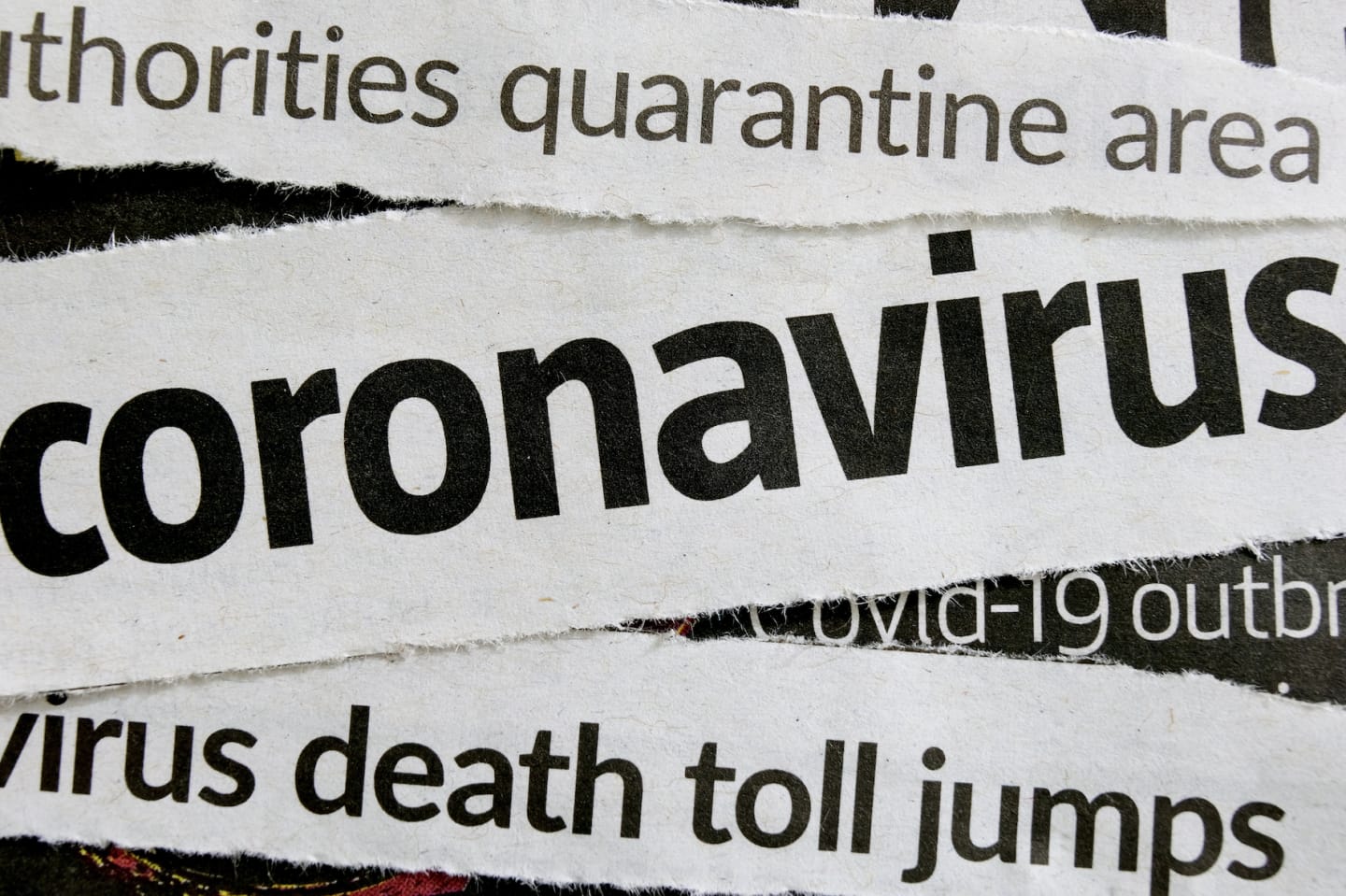COVID-19: How the world previously recovered from SARS — and whether or not we can do the same this time round
Before the novel Coronavirus (COVID-19), there was the 2003 severe acute respiratory syndrome (SARS). Originating in Hong Kong, SARS quickly spread to other countries within Asia and by mid-2003 it had spread to 29 countries across the globe. SARS caused an estimated loss of $54 billion USD ($9.3 billion AUD). Countries in the Asia-Pacific region experienced a major impact to the global economy, with markets taking years to recover. Restructuring measures varied across the globe, but in light of the COVID-19 outbreak, it would be useful to review these past policies implemented by governments and financial institutions for reference.
Commercial real estate was a sector that was devastated by SARS. Real estate transactions in Hong Kong, one of the world’s global financial hubs, were down 33% to 72% each month. Canada, the most severely affected country outside Asia experienced 16 deaths, and low real estate activity due to widespread panic.
Property development took a major blow during the outbreak. Loss in property sales resulting in an over-supply of property units amounted to a loss of $768.7 million HKD ($170.6 million AUD) in Hong Kong alone.
Aviation and tourism were also two industries that were affected. The U.S. Federal Reserve at the time released a Beige Book survey confirming a slump in United States tourism and cited SARS as the main factor for its slowdown. Australia’s national carrier, Qantas, also reported a decline in passengers: 68,000 fewer passengers flew with Qantas compared to the year before.
The road to recovery was a painstakingly slow one. Governments in the Asia-Pacific region responded with fiscal measures to stimulate economic activity. Deflation and price adjustment was a painful yet necessary choice for China and Hong Kong in order to remain competitive. As both regions’ currencies are pegged to the US dollar, the depreciation of their nominal exchange rate, albeit low, led to an increase in net exports. Financial stimulus packages for small and medium-sized businesses — similar to the one introduced by Prime Minister Scott Morrison earlier this month — were introduced by several countries to boost domestic consumption. Retail and hospitality, in order to survive, either introduced unpaid leave or laid off thousands of employees. Qantas responded to the crisis by laying off 1,400 employees. Privatisation of the property development sector — as illustrated by Singapore’s Housing Development Board — also resulted in mass retrenchment, but was a necessary step to cut costs.
Australia was fortunately spared from SARS with only one reported case and zero deaths. Tourism was affected, but the overall economic impact was mild compared to its Southeast Asian neighbours. In fact, Australian cities, particularly Sydney and Melbourne, were viewed as a kind of ‘safe haven’ for property investors precisely because it was one of the least affected nations in the Asia-Pacific region. However, with an incubation period longer than the common cold, 565 confirmed cases with 6 deaths so far and a dipping exchange rate, it seems that the spread of COVID-19 in Australia is bound to create a strain on the Australian economy. The full extent of the virus’ economic impact on Australia and the world is still unknown as the outbreak has just begun its deadly expansion in Europe and the Americas. In view of this, aggressive protective measures ought to be taken, as the only thing that governments can do at this stage is containment, not elimination.
Have thoughts you'd like to share about the future of Australia's economic climate? Let us know in the comments.
